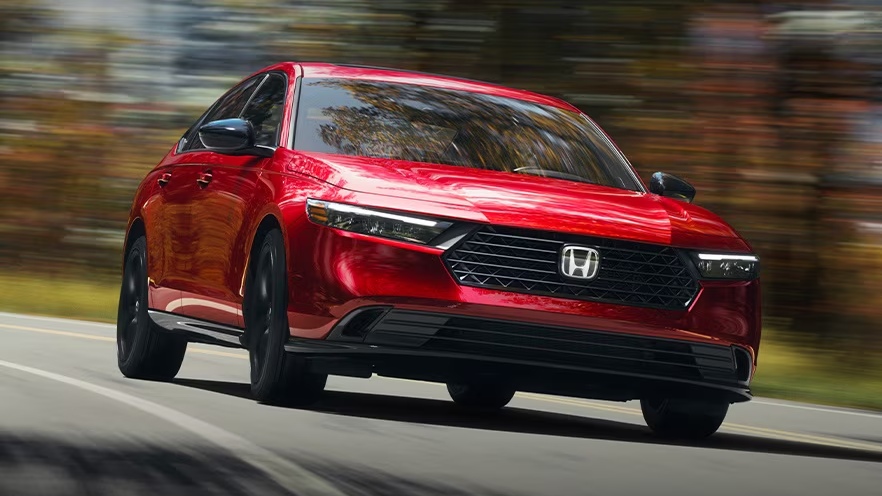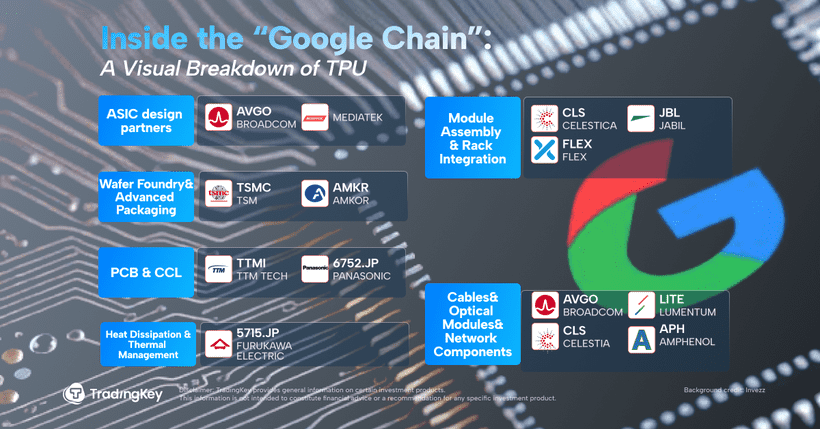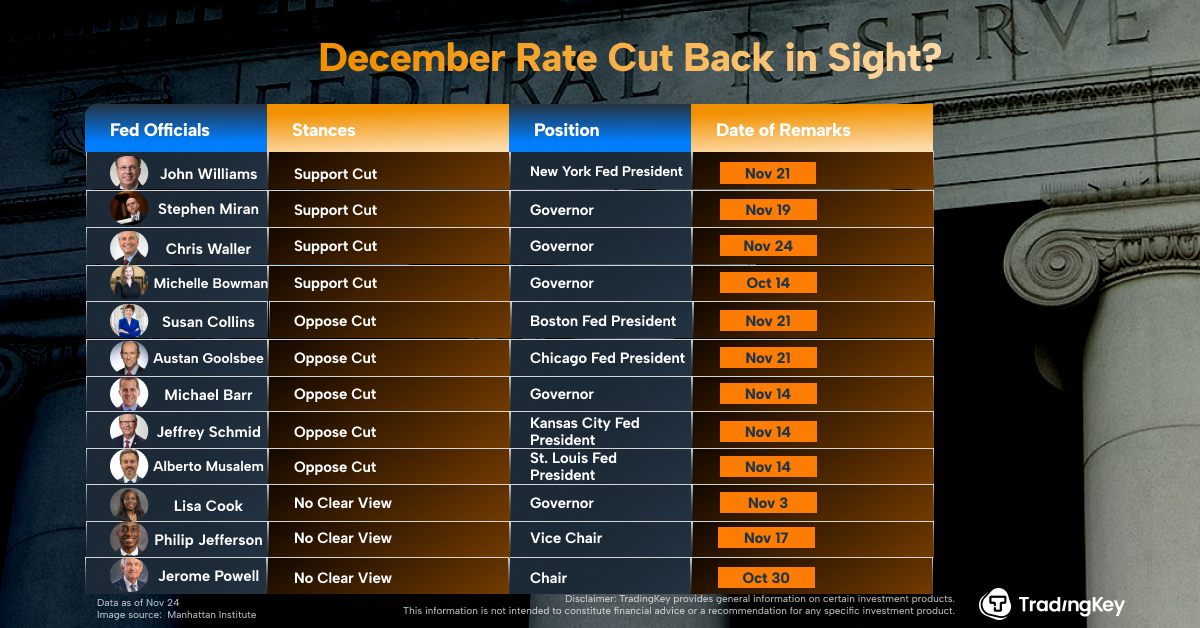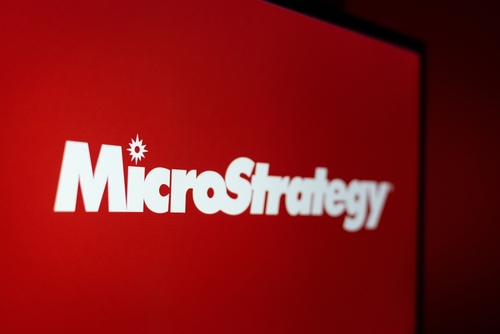[Reuters Breakingviews] Automakers' $13 bln tariff hit is shot in the dark


By Katrina Hamlin
HONG KONG, Aug 8 (Reuters Breakingviews) - Efforts to quantify U.S. President Donald Trump's tariff hit on automakers feel like a bad joke. Japan's Toyota Motor 7203.T and Honda Motor 7267.T now expect more than a $12.5 billion impact combined for the year. But moving parts and shifting assumptions mean those forecasts could easily change again. That makes decisive action, such as raising prices, harder to commit to.
On Wednesday, Honda raised its operating profit forecast to 700 billion yen ($4.76 billion) for the twelve months to March 2026 - still some 40% below last year's earnings - as U.S. tariffs on Japanese goods came in lower than feared. Larger rival, the $237 billion Toyota, on Thursday also offered its estimates for the current period and now expects annual operating profit to fall by a third. Shares of both automakers barely reacted on the news, implying the impact of U.S. tariffs, while painful, was largely in line with expectations.
Problem is, the companies - and investors - are filling in some big blanks to come up with these projections. The U.S.-Japan trade agreement, which pinned the tariff on auto imports from the Asian country at 15%, down from 27.5% previously threatened, isn’t yet laid out in writing, so the fine print might change. Honda assumes the new rates will kick in from September, while Toyota’s calculations assume August. Both also input a 25% levy for completed cars from Canada and Mexico, where they each manufacture a significant portion of their U.S.-bound vehicles, plus exemptions for parts imported from those regions. Those too may change: U.S. Commerce Secretary Howard Lutnick said last month that the president is “absolutely” going to renegotiate the United States–Mexico–Canada agreement.
That makes responding to tariffs - whether by tweaking production lines, shifting supply chains or raising prices - extra perilous. Honda is considering steps like ramping up U.S. production capacity by adding factory shifts, per management, or outsourcing to Nissan Motor's 7201.T stateside facilities, according to reports from the Nikkei. But that would probably result in higher manufacturing costs and increase the urgency to find alternative sources for key Japan-made components such as batteries and motors. It's understandable CEO Toshihiro Mibe wants to take his time before taking the plunge.
Meanwhile, Toyota has stayed quiet on tariff-induced price hikes, which are not factored into its guidance. In fact, most industry peers have opted to stand put in the first half this year: first movers risk losing market share, or even incurring Trump's wrath. And once a company commits to higher prices, it's extremely difficult to reverse.
The only certainty is that the latest forecasts and the assumptions underpinning them can’t be taken too seriously. That leaves carmakers and shareholders driving with big blind spots.
Follow Katrina Hamlin on Bluesky and LinkedIn.
CONTEXT NEWS
Toyota on August 7 reported operating profit of 1.2 trillion yen ($6.8 billion) for the three months from April to June, down 11% from a year earlier. Sales rose 4% to 11.8 trillion yen.
Toyota revised down its operating profit forecast for the full year by 600 billion yen to 3.2 trillion yen. The revision reflects a new 1.4 trillion yen estimate for the impact of tariffs; the previous forecast only factored in duties for April and May. The new operating profit forecast for the twelve months to March 2026 is 33.3% lower than the company’s operating profit for the previous full year.
Honda Motor on August 6 reported operating profit of 244 billion yen for April to June, down 50% from a year earlier, as sales fell 1.2% to 5.3 trillion yen.
The company revised up its operating profit estimate for the full year ending in March 2026 by 200 billion yen to 700 billion yen, a drop of 42.3% from the operating profit reported for the full year that ended in March 2025. The change came after management revised its estimate for the impact of tariffs in the current fiscal year to 450 billion yen, versus an earlier forecast of 650 billion yen.
Honda and Toyota expect their operating profits to plummet this year

Anticipated tariff impact for the full year to March 2026








